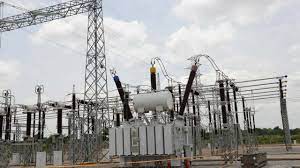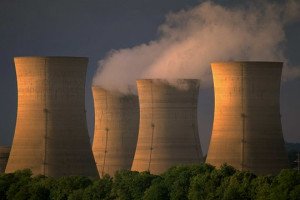 08 February 2014, Harare – No one likes increases in the cost of essential services, and ZESA’s request for a 5 percent tariff rise is not going to boost the popularity of the utility, already at a pretty low ebb.
08 February 2014, Harare – No one likes increases in the cost of essential services, and ZESA’s request for a 5 percent tariff rise is not going to boost the popularity of the utility, already at a pretty low ebb.
But a rise may well be justified. A lot depends on Zesa’s costs and its efficiency.
ZESA has four sources of power: Kariba South, Hwange Thermal, imports and the three old thermal stations. The cost to ZESA of these sources differs wildly.
Easily the cheapest is Kariba South. The dam wall is long paid for. The civil engineering works are long paid for. The “fuel” is free, just rain falling in eastern Angola and western Zambia.
So the only real costs are the maintenance of the six turbine-generator units, their associated transformers and other equipment, the annual share of their eventual replacement cost, and some very modest staff costs for running the station.
Hwange Thermal is a lot more expensive. Although most of the concrete is now paid for, there is still the far greater maintenance costs of a thermal station, plus the cost of the coal. So Hwange power is several times the price of Kariba power. The three small thermal stations, when used, are more expensive still.
Coal is far more expensive when railed around the country than at a pit head, and the stations are less efficient than Hwange.
Imports, mainly from Cabora Basa, are not cheap. Southern Africa as a whole is short of electricity but does have a regional grid.
This means that sellers have several bidders, and can move their energy easily to whoever bids the most.
ZESA’s eventual tariff has to be based on the weighted average of these sources, with other factors, such as the cost of maintaining its own grid, the cost of sub-stations and the like all added in. Fairly obviously the costing model is not simple, and cannot be simple.
Some of the kilowatt hours it sells cost the utility 10 or 20 times as much as other kilowatt hours; but it must have a single price for everyone. The cost of “maintenance” can hide a lot of inefficiencies.
– The Herald



